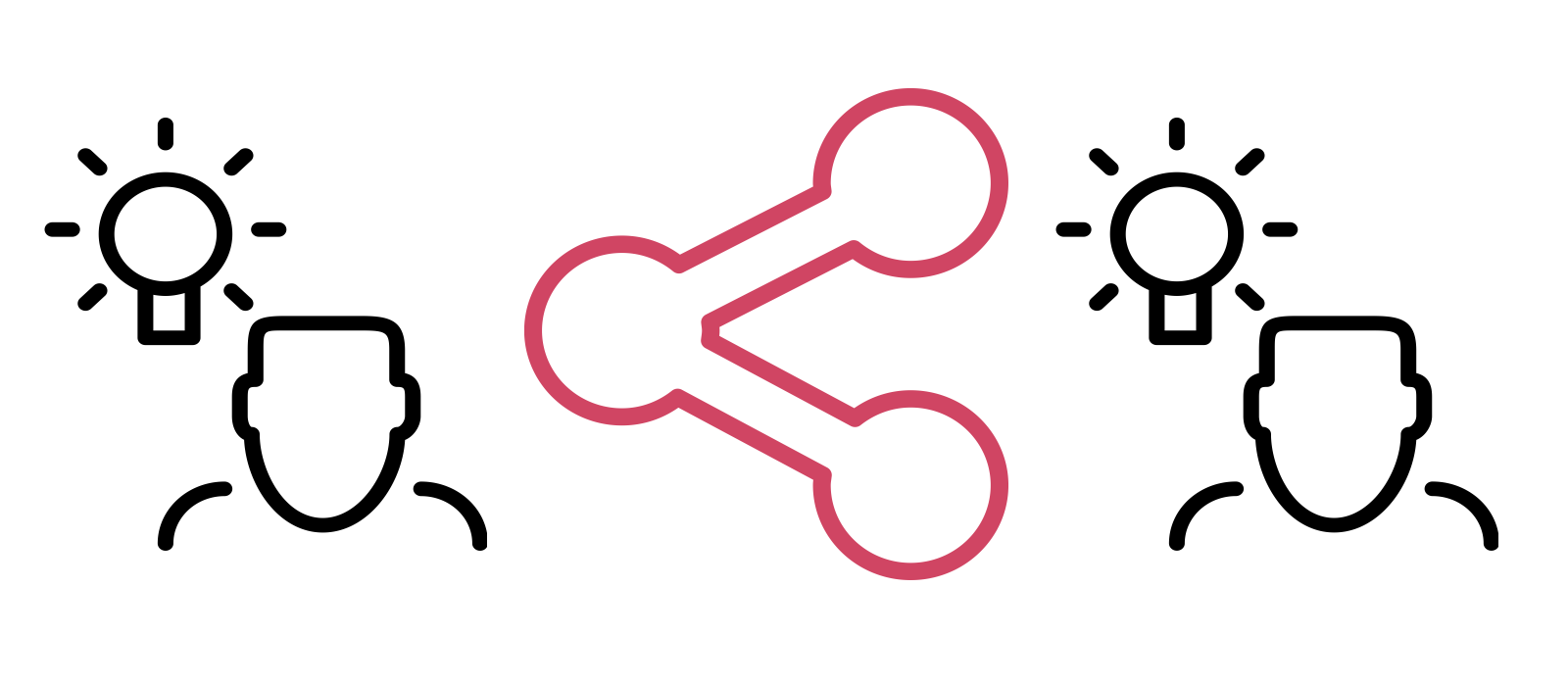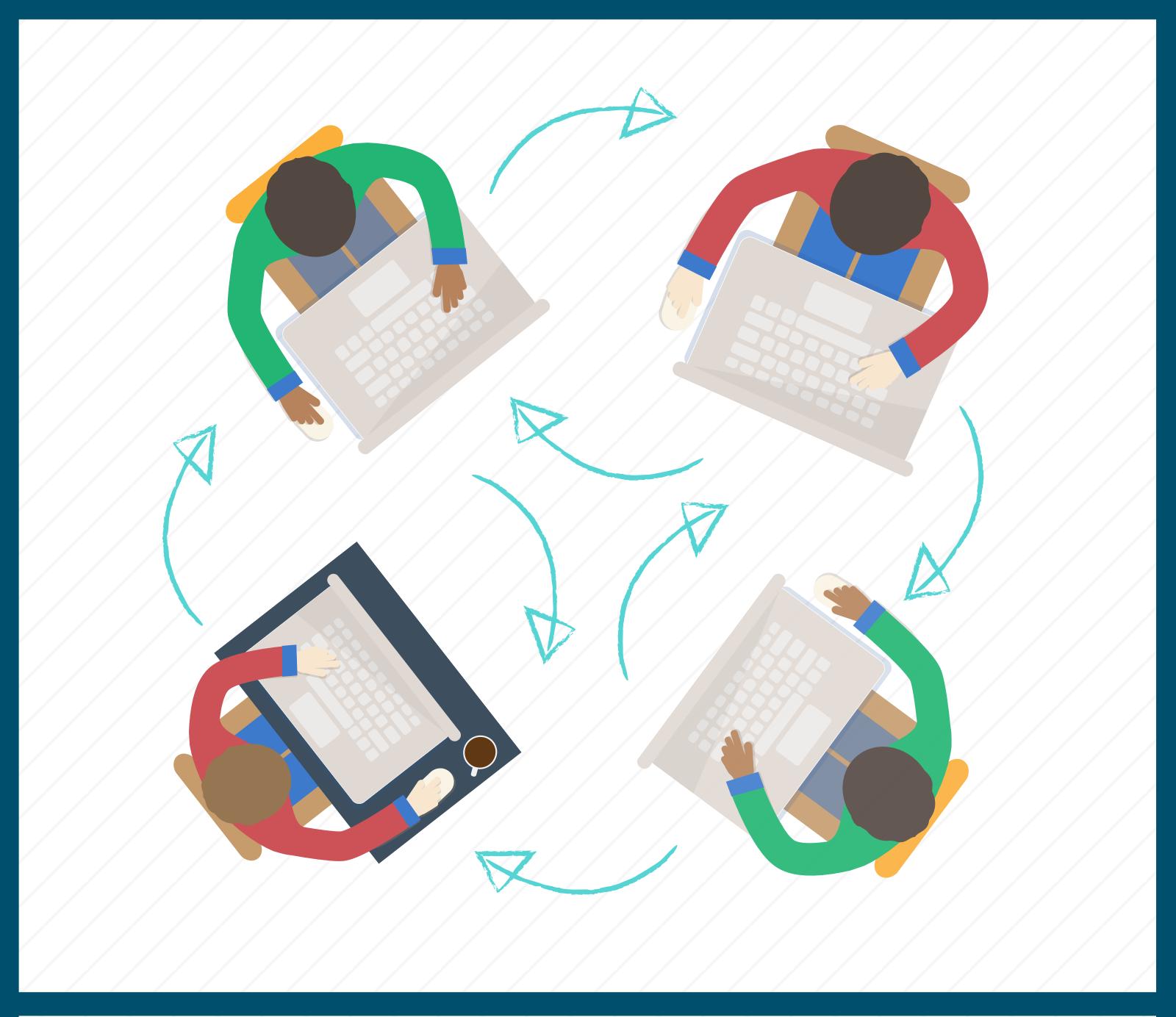
As part of my recent exploration of peer coaching, I have recently explored what it means to peer coach and what 21st century learning looks like in the classroom. Now, my attention has progressed to think about lesson improvement within the peer coaching process. As previously discussed, effective learning challenges students to shift from simple consumers of information, to producers of knowledge in the real-world (Foltos, 2013). For many, this type of learning is not easily integrated into daily teaching (Foltos, 2013). What steps are necessary to co-plan an effective lesson plan?
Creating a Task
Foltos (2013) wrote that first you need to create a task that is complex and real-world. It shouldn’t be too simple or too easily solved (Foltos, 2013). While this concept sounds good, it can be difficult to translate into a learning activity that is both relatable and digestible for students. Foltos (2013) suggested that real-world problems presented are aligned with student interest and that requirements can be easily defined and understood by students.
Defining Standards
Next, it is important to define the standards being focused on. There can be multiple categories of standards to consider: curriculum standards like those found in the Common Core, 21st century standards such as those with the Partnership for 21st Century Learning, and technology standards like the ISTE Student Standards.
Crafting Student Directions & Assessments
From here, the learning context can be defined. This might be more easily understood as a “series of carefully sequenced learning activities” (Foltos, 2013, p. 125). It is, of course, important to determine how the learning activities correlate with the standards (Foltos, 2013). Finally, student directions can be crafted, assessments can be created, and resources can be identified, all through a process of receiving and sharing feedback.
Differentiation
One of my collaborating partner’s current focuses is differentiation. As such, I thought it relevant to align this week’s guiding questions about co-planning lessons to questions of differentiation. Differentiation is easily discussed but not as readily implemented into the classroom. It remains a great theoretical concept that is difficult to implement on a daily basis, given time constraints and curricular demands.

